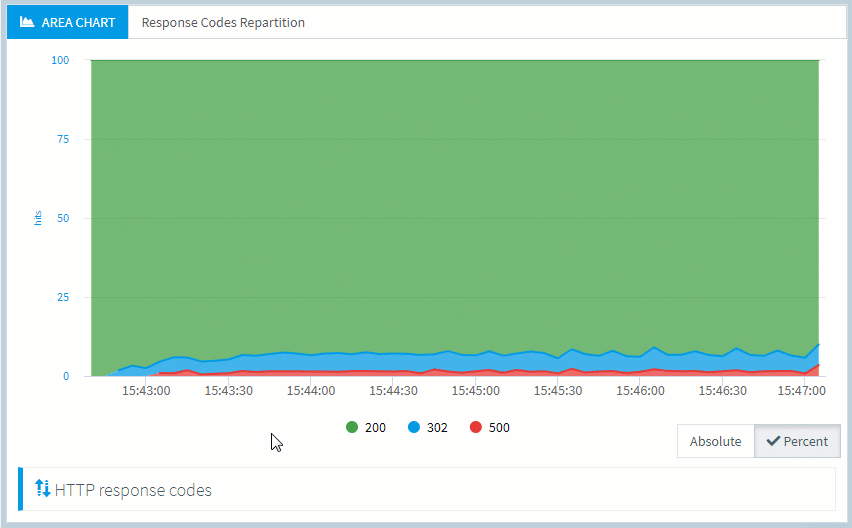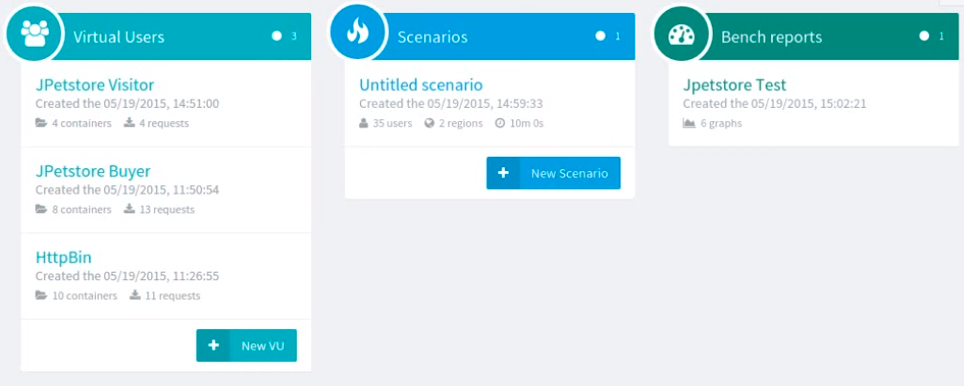Performance Test Strategy
A long time ago, Quality Assurance was executed after development. Performance testing was an activity executed when software was ready for production.
If a performance issue was found, most companies:
- Fix the issue which means a complete new cycle including QA Tests and performance tests are required,
- Or put the software live and decided to fix it as part of ongoing development,
- Or borrow from the future. That's technical debt.
Let’s be fair: this approach isn't optimal.
The root cause is performance testing is not considered viable until the software reached a certain level of maturity.
The DevOps approach is exactly the opposite: performance test early.
It is known as shift left performance testing and it works it just needs Quality Assurance teams to think a little differently when it comes to performance testing and to have a performance test strategy in place to support shift left performance testing.
Let’s explore how to integrate load testing as part of your software development strategy.




